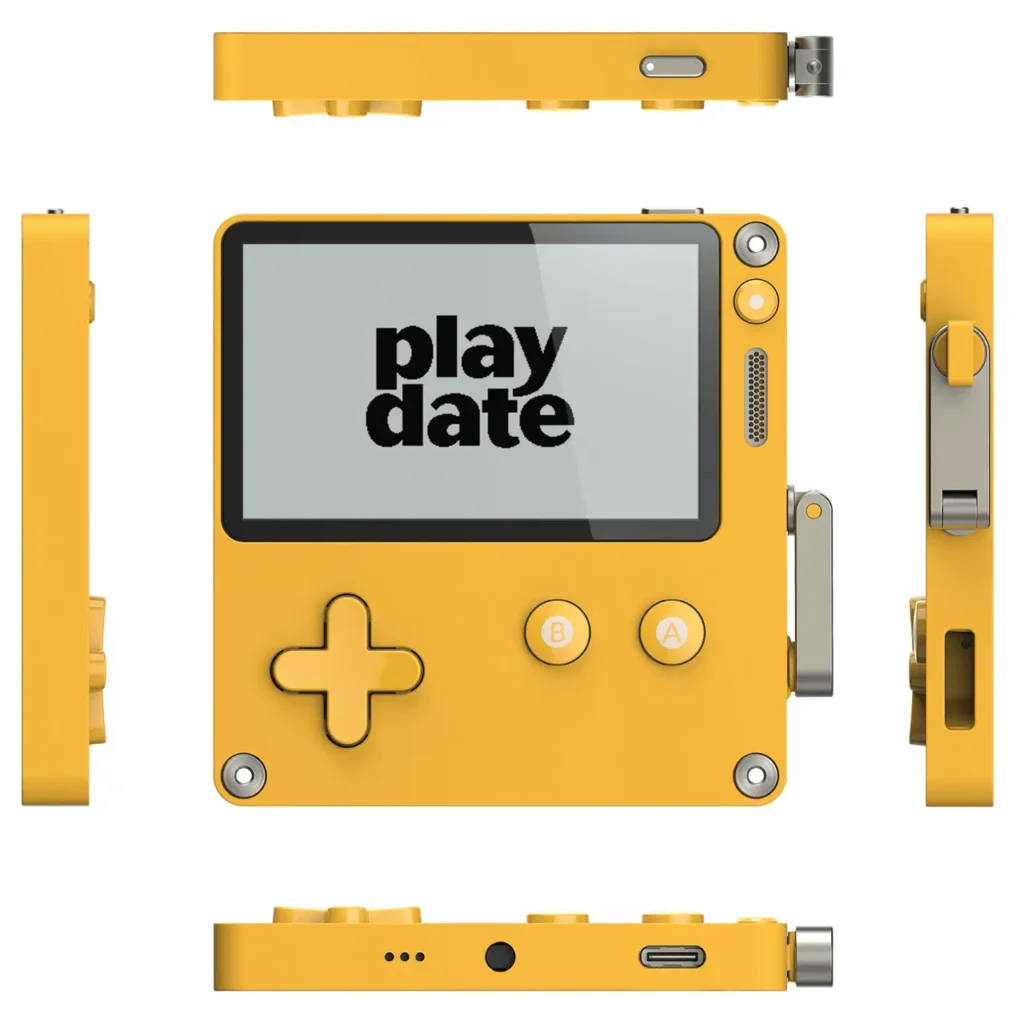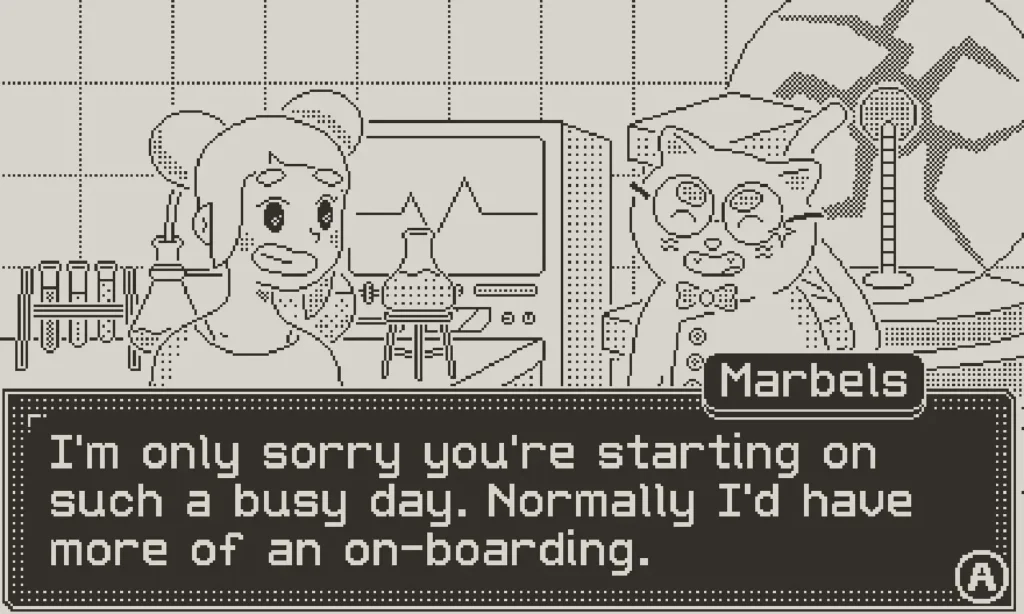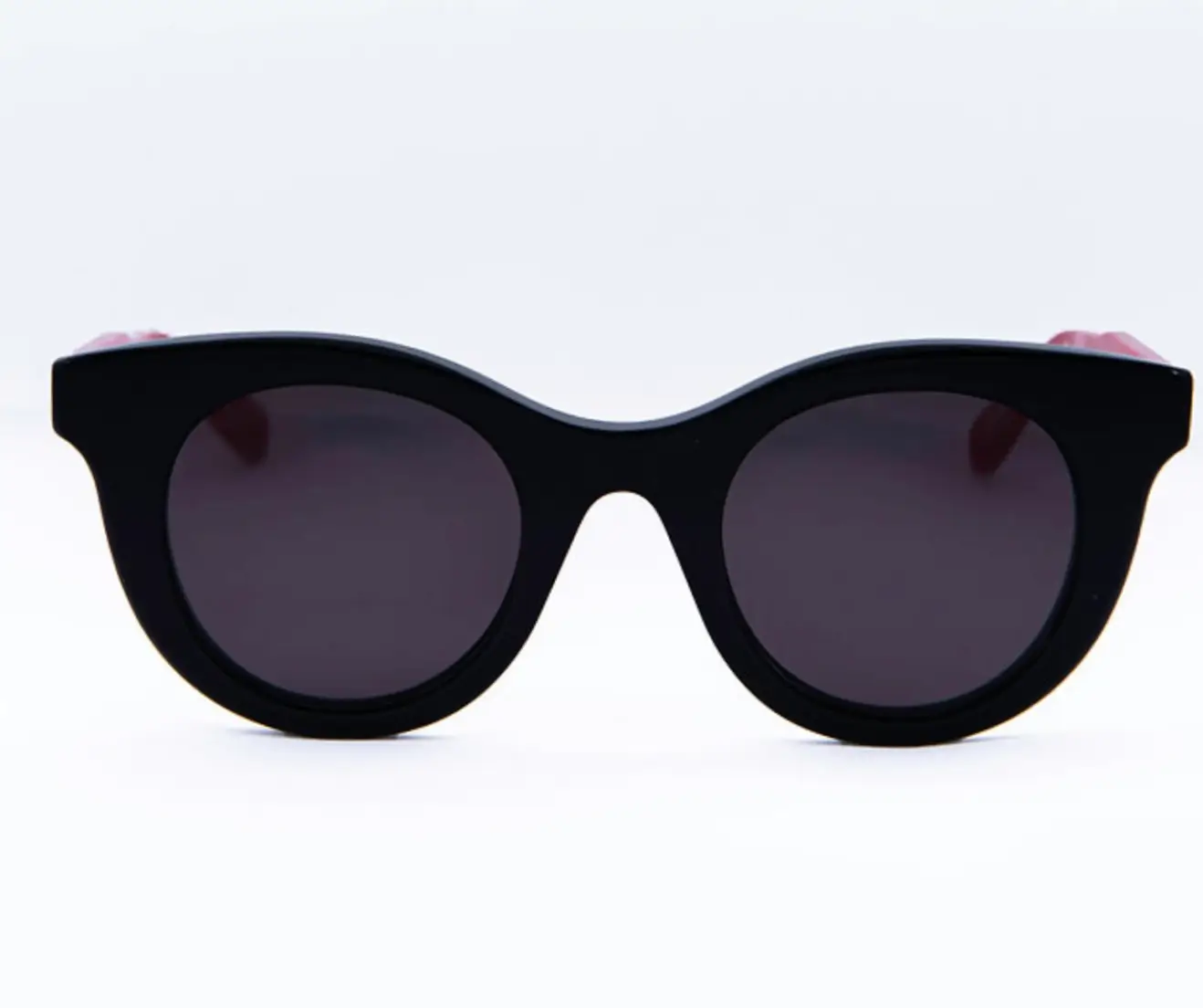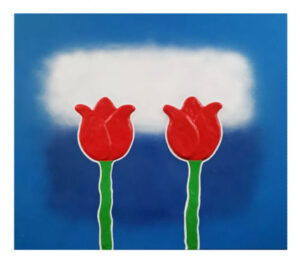a revive
For more than a decade, consumer electronics have been defined by escalation—bigger screens, bigger GPUs, larger ecosystems, endless feeds. Everything demands more attention than the last thing. Yet beneath all that noise, a counter-desire has been quietly forming: not for more capability, but for more clarity. A device that doesn’t expand outward into a thousand obligations, but inward toward a single moment of play.
Enter Playdate, a handheld gaming device created by Portland-based software studio Panic and designed by Swedish electronics visionaries Teenage Engineering. On the surface, it’s a tiny yellow square with a crank. But culturally, it’s a provocation—a reminder that joy does not require excess.
Where modern devices overwhelm, Playdate focuses. Where platforms extend, Playdate contracts. Where gaming consoles chase realism and scale, Playdate celebrates imagination and restraint.
It’s not a nostalgic throwback. It’s a recalibration.
style
Playdate’s design rejects almost every expectation of a contemporary gaming handheld. It isn’t large, it isn’t flashy, and it doesn’t try to replicate a console experience. Instead, it leans into intentional minimalism.
The device is almost impossibly small, an unapologetically monochromatic square that looks closer to a design object than a traditional console. Its black-and-white reflective display feels more like a high-quality sketchbook panel than a screen fighting for your focus. There are only three traditional controls: a d-pad and two face buttons.
Then there’s the crank.
This rotating handle—folded neatly into the side of the device—is Playdate’s signature mechanic. It isn’t a gimmick. It’s an intervention. The crank is physical, audible, tactile. It pulls you back into your body. It introduces a rhythm that touchscreen culture has erased. You can’t swipe through a Playdate game with a free thumb while multitasking. You have to engage deliberately.
This is gaming re-embodied.
In a world designed for frictionless interaction, Playdate adds just enough friction to make play intentional again.
partner
What makes Playdate remarkable is not just the hardware, but the philosophy shared by Panic and Teenage Engineering. Panic has spent decades making software that feels precise and quietly joyful—apps that never overwhelm but feel immediately trustworthy. Teenage Engineering, meanwhile, has built a cult following for hardware that blends Scandinavian minimalism with a sense of delight: synthesizers that look like art, radios that feel like toys, speakers that double as sculpture.
Together, they created something rare: a device that is both functional and emotionally expressive.
Playdate wasn’t built as a competitor in a hardware arms race. It was built as a statement about how joyful technology can be when it stops trying to imitate everything else around it.
Every seam, click, and element feels like the product of a designer who cared—not because it needed to win a category, but because it needed to feel good in the hands.
phil
In mainstream tech, extra inputs usually signal more complexity. But Playdate’s crank does the opposite. It simplifies interaction by grounding gameplay in a single, charming physical motion.
Developers have used the crank to rewind time, rotate objects, control boats, operate in-game cameras, and navigate surreal dreamscapes. The mechanic opens a door to playful invention rather than precision demand.
It also serves a symbolic purpose: the crank is a reminder that physical engagement still matters. That interaction can be joyful. That not every device needs to optimize the shortest path to completion.
Playdate’s crank isn’t just a control method—it’s a manifesto.
idea
Playdate’s library approach is similarly radical. Instead of launching a massive storefront filled with thousands of options, Panic opted for seasons—bundled collections of games released week by week. New titles simply appear on your device, each one a surprise.
This transforms gaming from volume to anticipation.
There’s no scrolling. No endless comparison. No analysis paralysis. Just a moment of discovery when a new game arrives on your home screen. The experience feels curated and personal, more like receiving a letter than downloading an app.
Developers, working within the visual constraints and playful crank mechanic, have embraced the chance to experiment. The result is a catalog filled with imagination—quirky platformers, meditative puzzles, surreal adventures, and mechanical experiments that could only exist on Playdate.
Where AAA games grow larger, denser, and more exhaustive, Playdate’s catalog stays intimate, inventive, and refreshingly finite.
fin
Playdate’s greatest achievement is its reminder that technology doesn’t have to be limitless to be meaningful. It doesn’t need 120Hz screens or photoreal textures to be profound. It doesn’t need an infinite library to be rich. It doesn’t need daily streak rewards to maintain engagement.
Sometimes, enough is enough.
Playdate invites you into a single moment—finite, charming, tactile, and complete. It strips gaming down to its essence: the pleasure of interaction, the thrill of discovery, the joy of simplicity.
In a world overwhelmed by choice and noise, Playdate’s focused philosophy feels not just refreshing but essential.
No comments yet.











